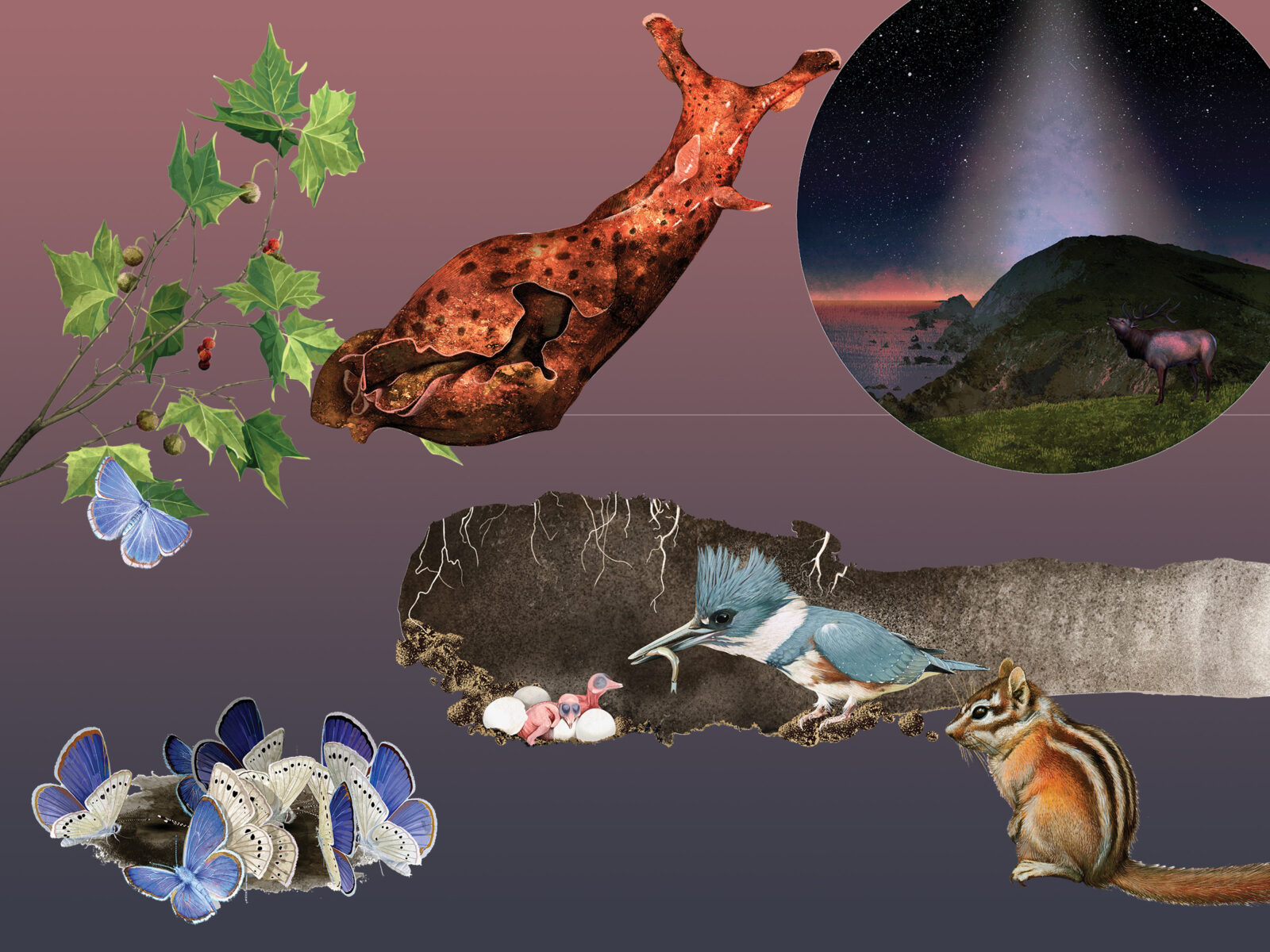Words by Bay Nature staff; illustrations by Jane Kim.
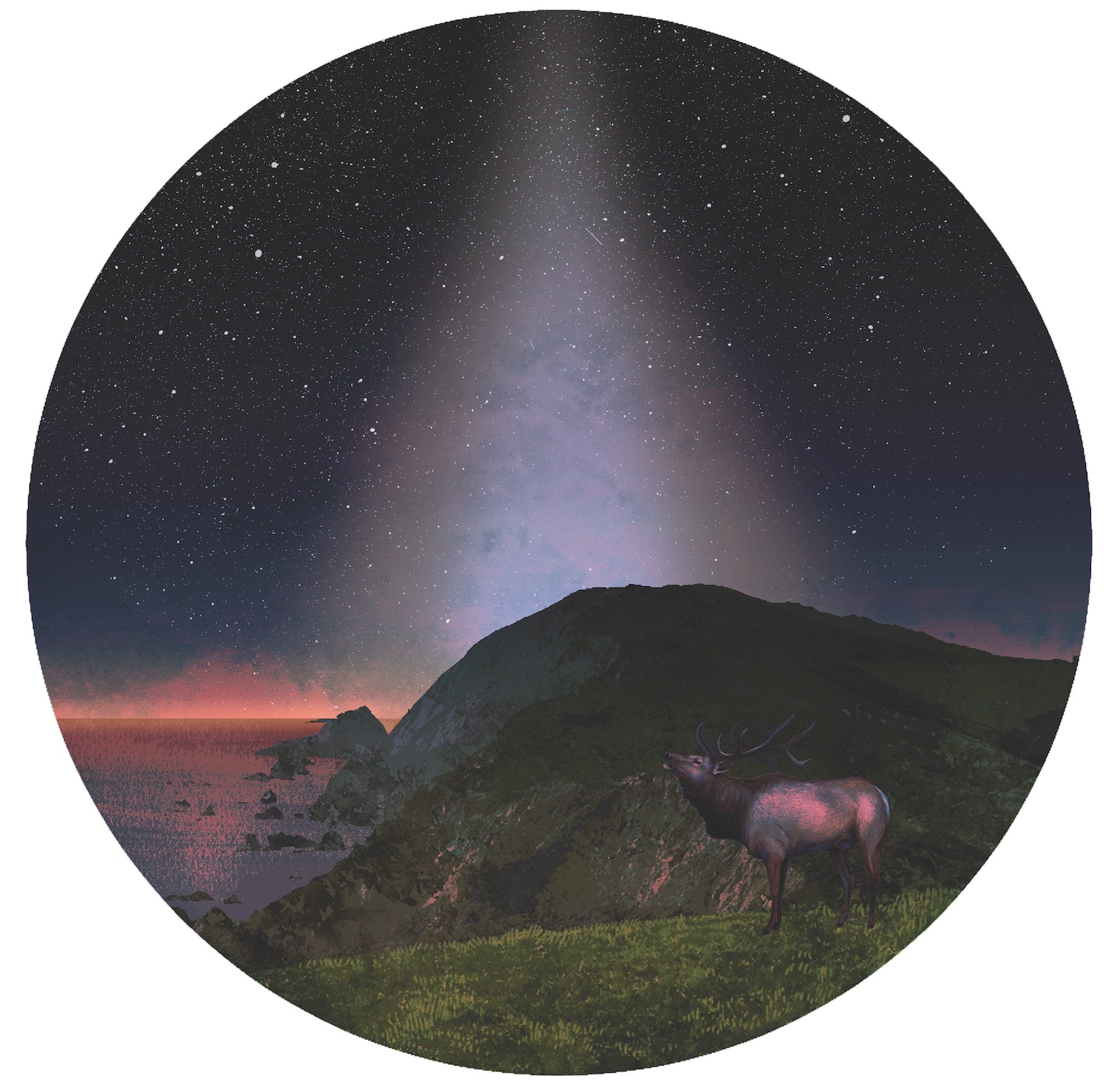
This year’s spotlight: The night sky. (Illustration by Jane Kim)
Night sky: Zodiacal light
Find a location free of artificial light, like the Point Reyes National Seashore, with a clear view of the western horizon at dusk. It should also be free of fog, moonlight, and clouds, as the sun finally settles into the Pacific. Once it’s gone, look for a tall “pyramid” of diffuse light reaching up from the horizon. This is zodiacal light. The long-observed phenomenon can be seen in the Bay Area during the spring months, close to the equinox. We know photons reflecting off dust particles orbiting the sun cause zodiacal light, but only recently was the dusty planet Mars pinpointed as the particles’ likely source, according to data collected by NASA’s Juno space probe in 2020.
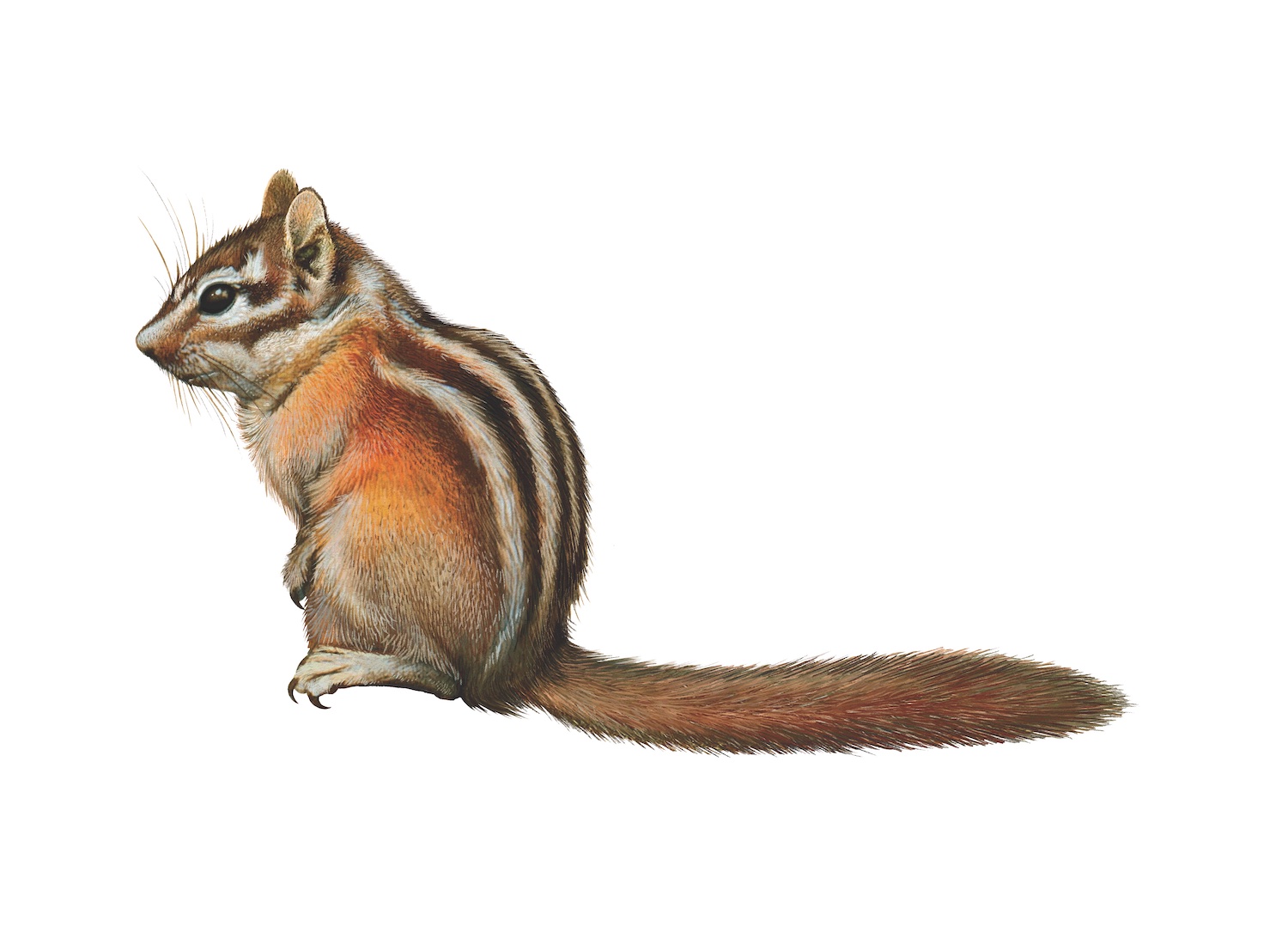
Chipmunk rebound
Looking at an iNaturalist map, it appears the Golden Gate strait, San Francisco Bay, and Sacramento–San Joaquin Delta delineate the great divide between the Bay Area’s two chief chipmunk species. To the south scurry Merriam’s chipmunks (Neotamias merriami), and to the north bark Sonoma chipmunks (Neotamias sonomae). The latter elusive cutie was spied last year in Sugarloaf Ridge State Park, perhaps for the first time. In spring, a litter of chipmunk pups is born, weaned, and on its way in a matter of weeks.
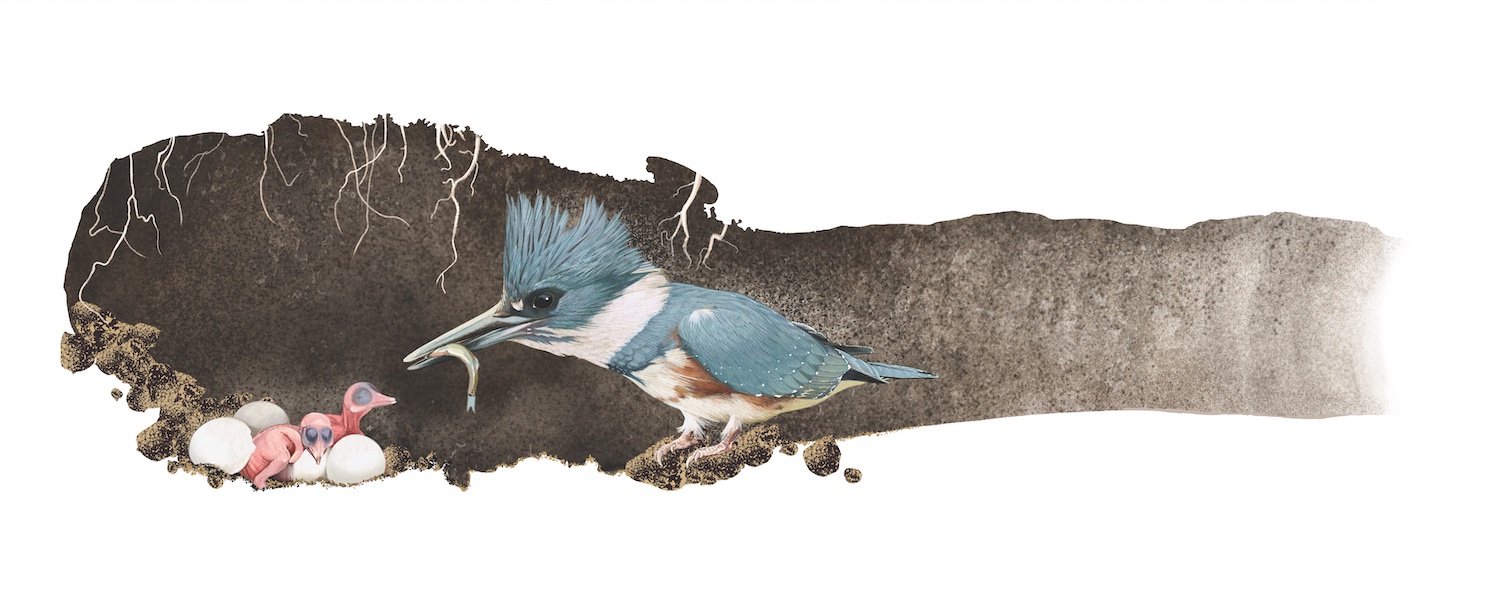
Hammerhead
The one species of kingfisher that flies Bay Area skies has an industrious spring. Male and female belted kingfishers (Megaceryle alcyon) not only woo and choose each other, they also dig a tunnel up to 15 feet deep into a stream bank together. If it’s a tricky vertical location, they may take turns ramming it with their blocky heads, beak first. Next, they shovel dirt from the passageway and new cozy nesting cavity using their fused toes. Their famous rattling call, when made as they approach the nest, may be a kind of “incoming!” alert to family members to clear the passage for their landing.
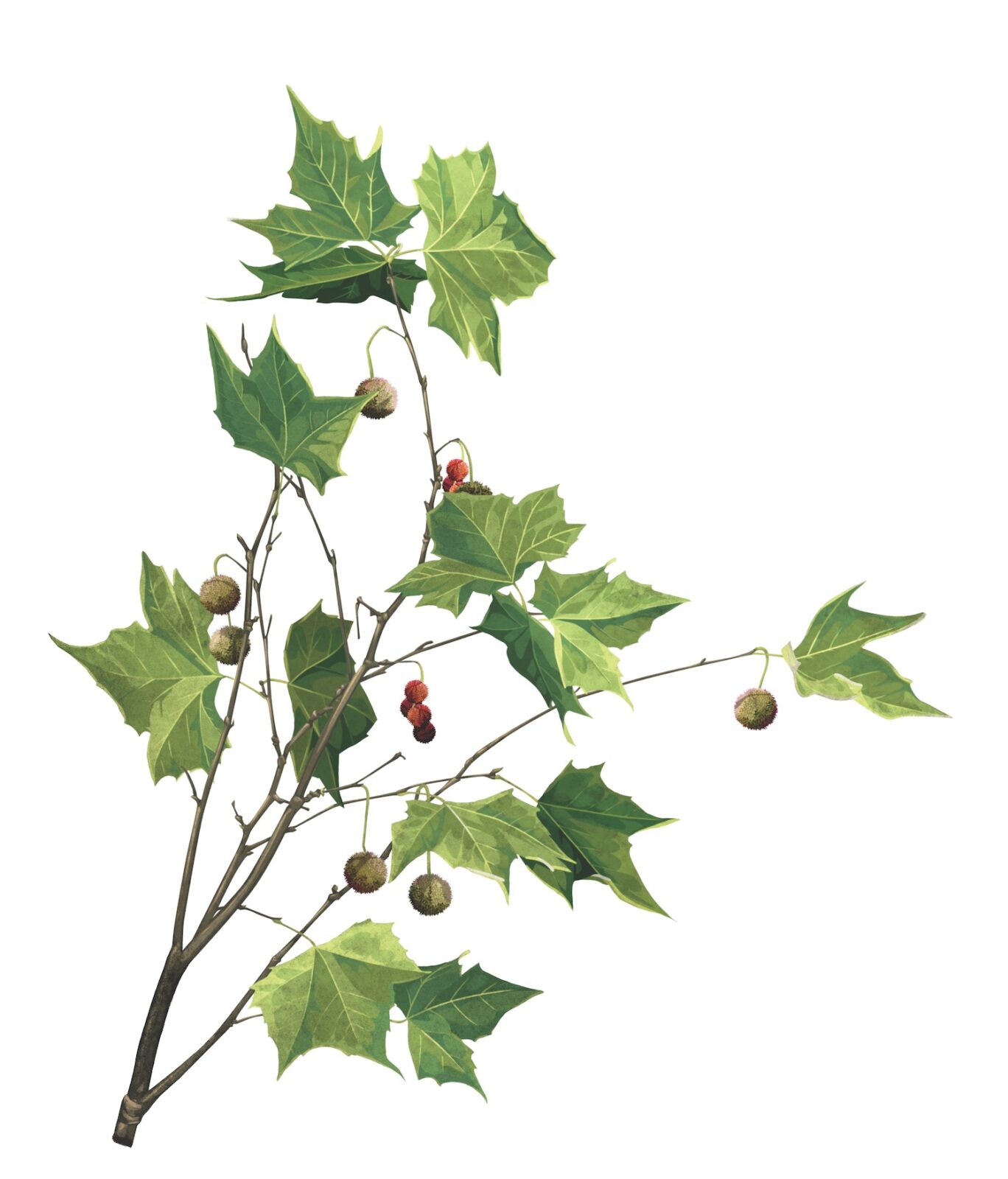
Whimsy all the way down
Fanning out like great tentacles, the limbs of California’s native Western
sycamore (Platanus racemosa) are a savior when the sun is beating down. In early spring, clusters of fuzzy pom-poms bearing teeny-tiny flowers, maroon if female, dangle from the tips of those billowy branches. The wind, carrying away the tufty seeds, soon transforms the pom-poms into ho-hum brown, nubbly globes. Surprising to think they contain multitudes of acres of future shade.
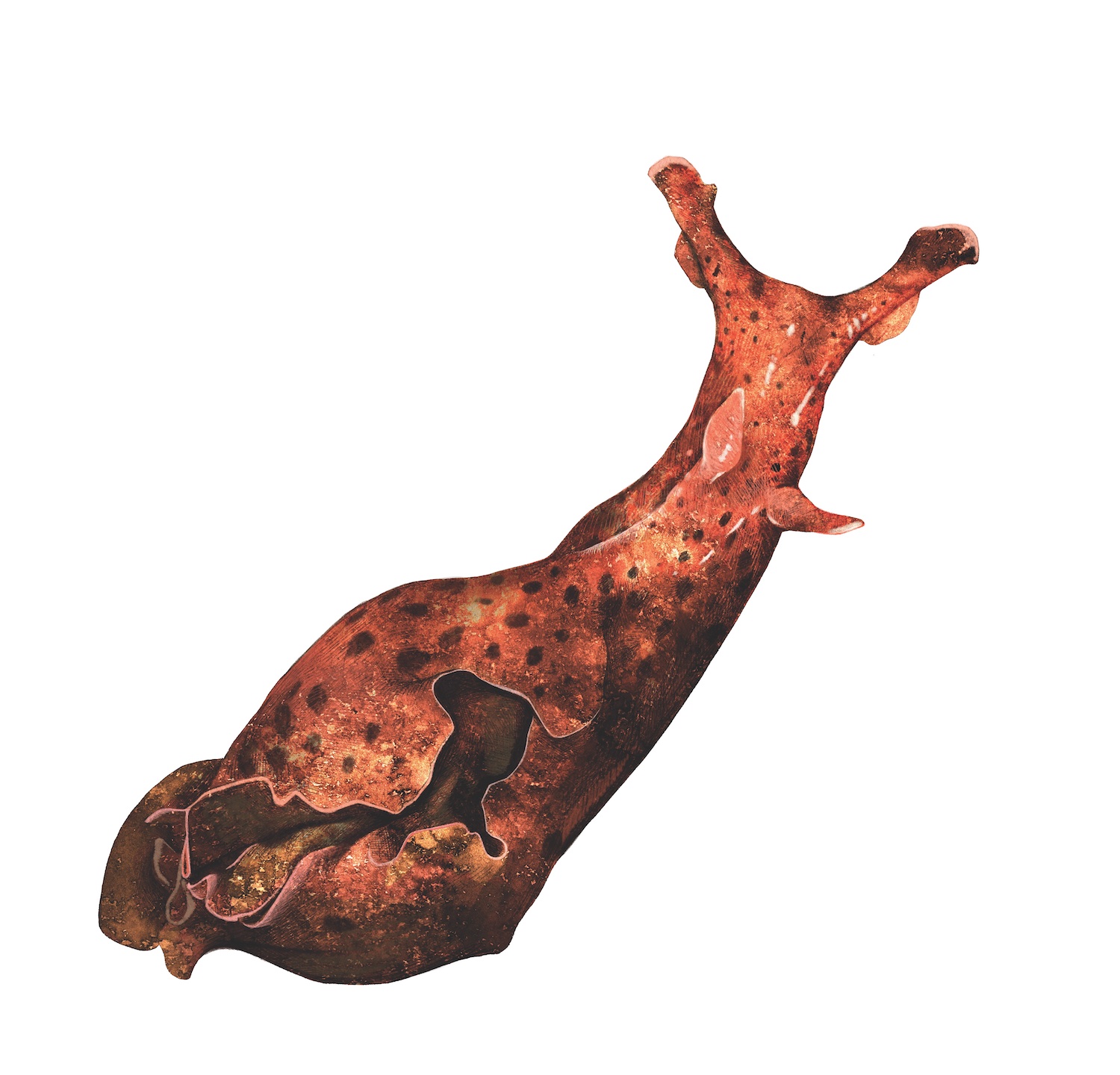
Hare of the sea
Ever wonder how a garden snail looks without its shell? The California brown sea hare (Aplysia californica) is a pretty good approximation. But a lot bigger (often larger than a human hand), found in tidepools, and known for the clouds of reddish-purple ink it releases in self-defense, irritating nearby anemones. In spring and summer, these hermaphrodites mate and, just before heading to sea hare heaven, lay piles of sticky, jelly-covered “noodles” containing 80 million eggs.
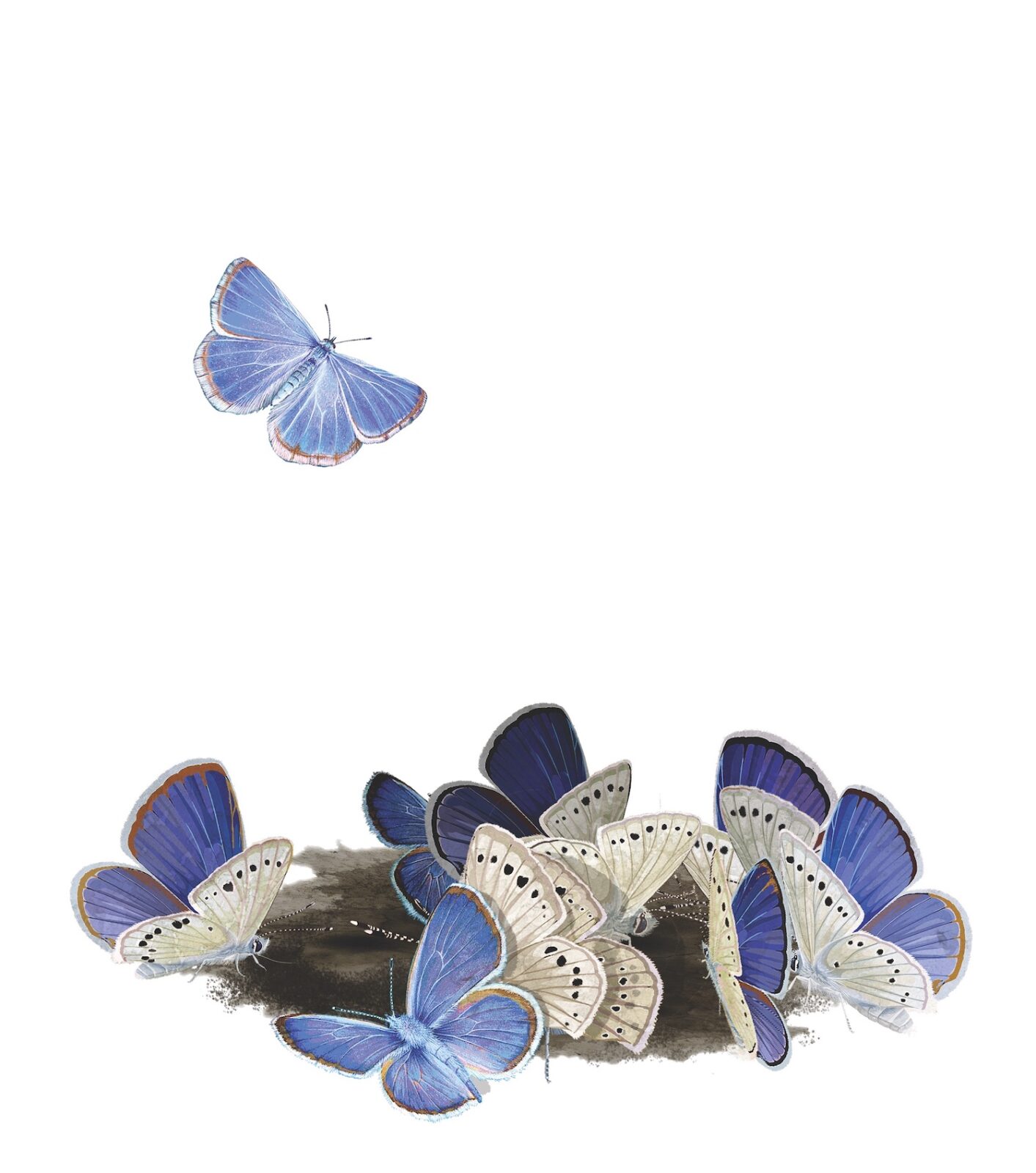
Wingmen
If it’s a silvery blue (Glaucopsyche lygdamus) boom year, you’ll likely know it. The dime-size male butterflies gather around spring mud puddles, sometimes by the hundreds, according to lepidopterist and UC Davis professor Art Shapiro. Slurping up sodium and calcium is one reason, particularly when nectar from flowers in the pea family, their favorite, is hard to come by. It’s also possible that these “mud puddle clubs” somehow increase their chances with the ladies.

